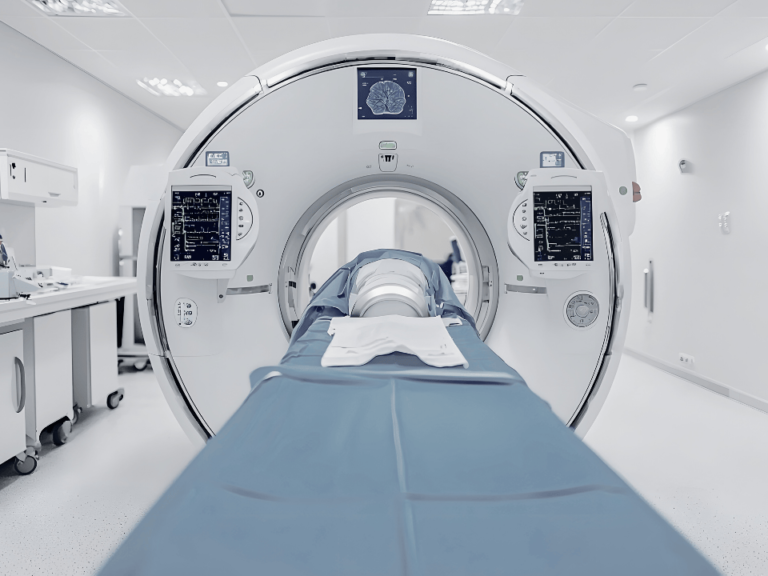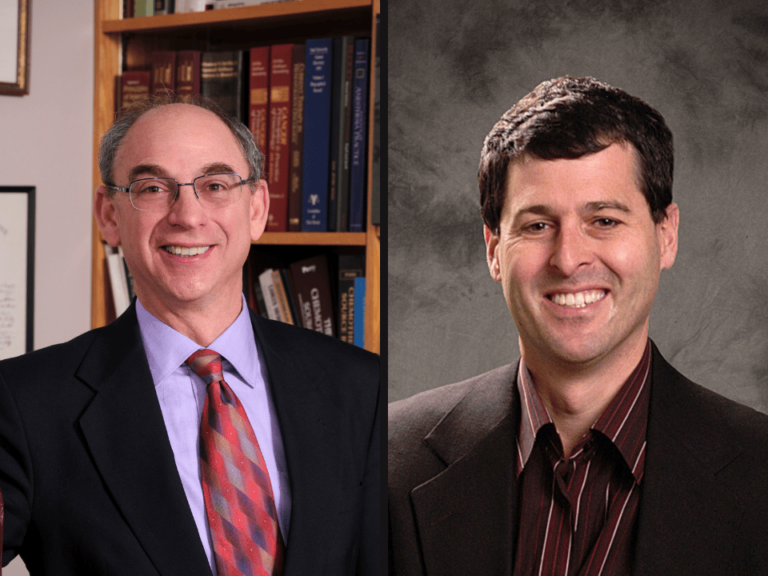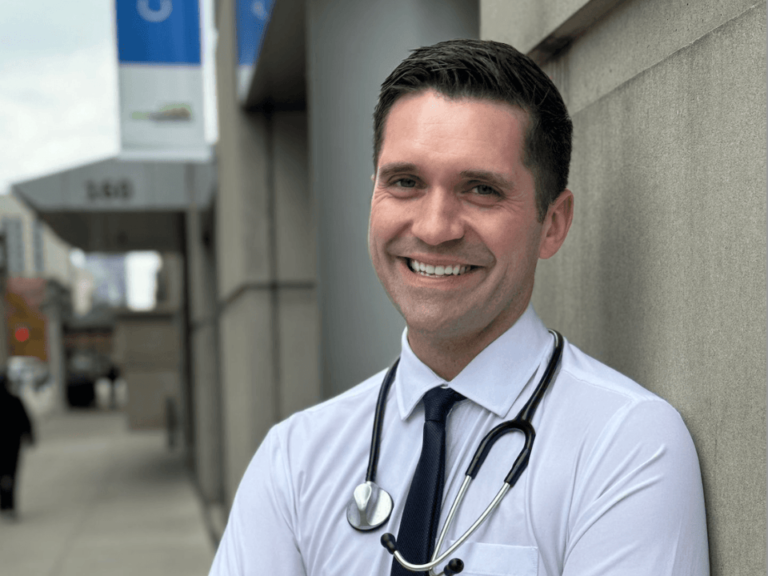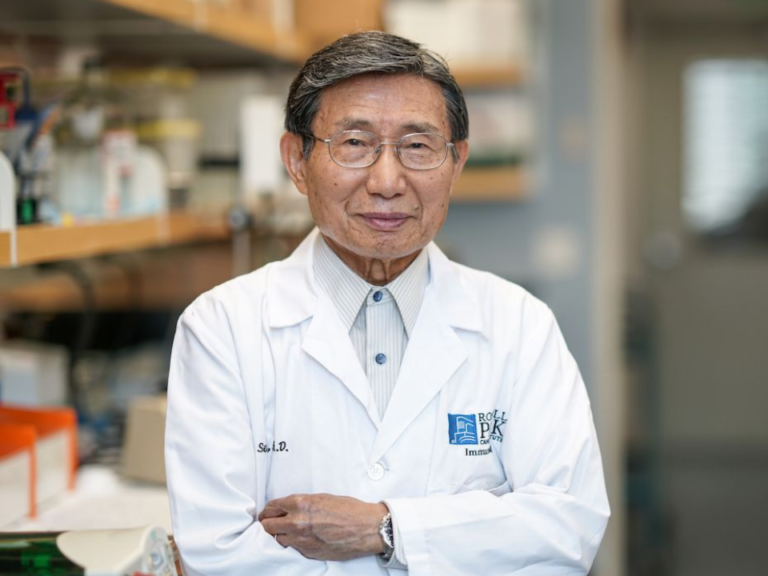The affiliation between UT Health San Antonio Cancer Center and MD Anderson Cancer Center became active on Feb. 20. “Administratively, the two institutions are distinct. Patients will be cared for by the physicians and nurses of the [San Antonio] Mays Cancer Center, but certainly the platform of the care that they’re being provided has been heavily informed and integrated with MD Anderson, based on their treatment templates and methodology,” Ruben Mesa, director of the Mays Cancer Center, said to The Cancer Letter.
“That platform of care is comprehensive and includes, for example, the training of the nurses, the intake process, how we’re trying to organize our supportive care programs. Even down to detailed aspects, such as the QA on the LINACs for delivering the radiation therapy,” Mesa said.
Mesa spoke with Paul Goldberg, editor and publisher of The Cancer Letter.
Paul Goldberg: Can you walk me through the announcement?
Ruben Mesa: The affiliation between UT Health San Antonio Cancer Center and MD Anderson Cancer Center was announced in the fall of 2016 and we went live on Feb. 20. ‘Go live’ simply means that on Feb. 20, we began operation as the newest partner in the MD Anderson Cancer Network. We completed renovations in our Patient and Family Welcome Center, expanded our pharmacy and updated our chemotherapy infusion rooms, which were improvements we wanted to make before we began operations as the UT Health San Antonio MD Anderson Cancer Center.
One of our most exciting and important announcements took place on Jan. 30. One of our longtime supporters, the Mays family, pledged a legacy gift of $30 million to support our cancer center through their Mays Family Foundation. So, our cancer center will now be known as the Mays Cancer Center, the newly named center of UT Health San Antonio MD Anderson Cancer Center.
One of the things that was necessary to get this off the ground was to have a new director, as there had been a search for a new director for almost a year. I came in at the end of August of 2017.
There were some aspects of change that had been going over in the past year during the search for the new director, but many needed a director in place to really be able to move forward. We expect the affiliation to be in place by mid-year, where the affiliation relationship is operational on a day-to-day basis regarding providing a joint program of care.
Could we focus on the mechanics of that approach, what happens? Somebody comes into your center, what happens? How does that work through MD Anderson?
RM: Administratively, the two institutions are distinct. Patients will be cared for by the physicians and nurses of the Mays Cancer Center, but certainly the platform of the care that they’re being provided has been heavily informed and integrated with MD Anderson, based on their treatment templates and methodology.
That platform of care is comprehensive and includes, for example, the training of the nurses, the intake process, how we’re trying to organize our supportive care programs. Even down to detailed aspects, such as the QA on the LINACs for delivering the radiation therapy. So, it’s aligned along those levels.
Additionally, we’ve been developing a navigation system to help our patients find their way around our buildings. We recognize that some of our patients will be several hours away from San Antonio and that they may need to get some of their treatment in Houston, although our goal is for patients to receive all of their care here, close to home. Perhaps some will get a resection, proton beam or CAR-T therapy in Houston but they will get radiotherapy or chemotherapy at our center. I think there will unique aspects of care, a small subset of patients who will be going in both directions. Still, our main goal is so that the vast majority of patients will be able to remain in San Antonio for their complete cancer care and will benefit from our joint program.
In San Antonio, have a very deep bench. We have all of the surgical disciplines, very good pathology, excellent radiology, outstanding HemOnc, RadOnc, etc. So, we have a complete team here. A lot of the effort has been devoted to growing our team, weaving the team together, and trying to do so again with a lot of the lessons that have been learned by MD Anderson’s experience in delivering great cancer care.
You just got a $30 million gift from the Mays Family Foundation. What will that do?
RM: The gift is great on a variety of levels. The gift itself is meant to help us on the journey to growing to become a comprehensive cancer center, and advancing cancer care in San Antonio. The gift will help empower key recruitment efforts in the following areas:
One, in cancer epidemiology and population science, to leverage and study that unique Hispanic majority population here in San Antonio.
Two, we are working to reinvigorate early drug development and what early drug development is going to look like for the future with cellular based therapies, immune-based therapies, etc.
Three, we have deep interest in growing our expertise in DNA repair and translating those discoveries to the clinic.
Our new dean that started last week for our university, at UT Health San Antonio, is Rob Hromas (dean of the Joe R. & Teresa Lozano Long School of Medicine at UT Health San Antonio and vice president of the university for medical affairs). Rob was former deputy director of the cancer center in New Mexico and then was the chair of medicine at the University of Florida at Shands. He too will be a strong partner in developing our efforts in cancer. He is a DNA repair expert.
We also have a really deep bench in epigenetics, so translating therapeutic opportunity of DNA repair and epigenetics will be an important focus.
How does that fit in with the MD Anderson program? You’re a part of the MD Anderson outreach? I think you might be the only NCI-designated center that’s in their program network?
RM: Correct. So, the relationship initially is focused very specifically around our practice collaboration. However, I know we eventually will be collaborating in research. And I think that there will be areas, as (MD Anderson President) Peter Pisters and I have discussed, that are yet to be defined.
I see opportunities based on population health, focused on the people of Texas. The MD Anderson network has national partners and state-based partners, but our affiliation came as a plan by the chancellor of The University of Texas System, Chancellor (William) McRaven, who wanted to see greater connection and collaboration between the cancer programs in the UT System. Our center, Galveston, UT Tyler, to start with, are having much deeper relationships in the practice of cancer care.
Will you be connected through Epic with MD Anderson? Will you be connected in any other way with them? How does the bioinformatics aspect of it work?
RM: We have our own distinct Epic account, but we are able to share records through Epic, and we certainly have many things that we have developed to work together on in Epic, ranging from exact chemotherapy regimens, to everything ranging from distress assessment, to survivorship care plans, to other components.
As with all these issues with the EMR, there are many layers to it, but I think this is a big opportunity. And with the Mays Cancer Center being much smaller, we’re trying to leverage a lot of MD Anderson’s experience and excellence in care into our teams for the delivery of care.
I found the MD Anderson team to be incredibly engaged and helpful partners. And their experience, as in having had these relationships successfully at a variety of centers like Banner, Cooper, and even their own Houston presence. They’ve learned their model well in terms of which aspects of their care delivery platform are exportable and how to integrate in a new system in a way that really makes care more uniform, high quality and accountable.
What’s the rationale—and the history—of your aligning with MD Anderson?
RM: Bill Henrich, the president of our university (UT Health San Antonio) has a strong passion for reinvigorating the cancer center. He is a survivor of a haploidentical transplant, so he takes this work very, very seriously. It’s a center with a deep history in drug development, in breast cancer, in the potential for impacting the understanding of cancer in Latino patients, in particular, Hispanic patients, which are the majority of patients in our catchment area. He saw this affiliation as the opportunity to grow and integrate the practice and to have a model of care so that individuals would not have to leave San Antonio for their cancer care.
And now we can combine the strong research mission and tradition of the Mays Cancer Center with the MD Anderson model of patient care to really create and evolve into a center that seeks to be comprehensive in research, education and cancer care, educating the cancer providers of the future and the cancer investigators of the future and, in particular, to have a strong regional focus of excellent cancer care for the people of San Antonio and South Texas.
The catchment area of our Mays Cancer Center is a fairly sizable, expanding from San Antonio south, all the way down to Brownsville, and west, over to Laredo.
Are you going for comprehensive designation, ultimately?
RM: That’s certainly our long-term goal. I don’t think, for our next renewal, necessarily. But that certainly is the goal and the mission.
That was why you came to San Antonio?
RM: Correct. Clearly, what interested me, one, was the opportunity to build and augment something that has had a tremendous history. I think the bones were very strong, there was a lot of great research, there is about $45 million in extramural funding, there are three solid NCI programs here, with potential to grow more.
There’s a program in cancer development and progression, there is a program in experimental and developmental therapeutics, and that includes the historical Institute for Drug Development, our phase I program, that Dan Von Hoff founded many years ago.
And then there’s our population science and prevention program that includes a real focus on issues of cancer in Hispanic patients. Later this month, Feb. 21-23 to be exact, Amelie Ramirez, who is one of the senior members of the Mays Cancer Center and focuses on cancer prevention and health promotion, is holding a national meeting on the issues of cancer in Latinos in San Antonio. Amelie is associate director for diversity and a National Academy of Medicine member who focuses on behavioral science interventions for Hispanic patients.
Folks from the NCI, folks from all around the country that are interested in this area are all coming to speak. Again, this conference will give us a lot of opportunity to compare and contrast issues between these populations. Within Hispanic populations there are some fairly sizable genetic differences and cultural differences that are relevant. This will include Hispanics from the Caribbean, kind of my family-type folks—my family is Cuban—to a Tejano population, to those who’ve come much more recently from Mexico. [See related story here in the Trials and Tribulations column in The Clinical Cancer Letter section.]
Covering the Mays Cancer Center and related entities over the years, one of the main problems has been the absence of hospital beds to make a difference to finances of the institution. Is that being fixed? Does it need to be fixed?
RM: I think what has lacked has really been a good integration of the practice. I do think that, for the longer term, we need to explore how to better integrate our inpatient footprint. Right now, its spread between several hospitals in the San Antonio area.
In San Antonio, the majority of the medical community is there in what we call the South Texas Medical Center, where a variety of institutions are based. That includes my institution, UT Health San Antonio, our major clinical partner, University Health System, run by the county, but it is a separate institution. There are also patients that are cared for at a variety of other in-patient venues: CHRISTUS Santa Rosa, St. Luke’s Baptist, Methodist.
Do you need to build a new hospital? Is that the plan?
RM: I think that there’s no plan at the moment to do that. I’d say that the inpatient footprint certainly is being looked at and discussed, but certainly hope to make it more cohesive than it exists at the moment.
Is there anything we’ve missed?
RM: I think it’s an exciting time. I’d say that keys areas we’re looking grow and focus on scientifically are cancer in Hispanics, new drug development and clearly, DNA repair, epigenetics, and to be a strong resource for the people of San Antonio. As they say, it really kind of goes back to President Henrich’s experience, where he had to go to Houston for a lot of his care and he realized that, for a lot of people in San Antonio, most individuals don’t have the resources to be getting care away from their homes. We seek to be the key comprehensive cancer center for the people of San Antonio and the people of South Texas.
Well, thank you so much.












